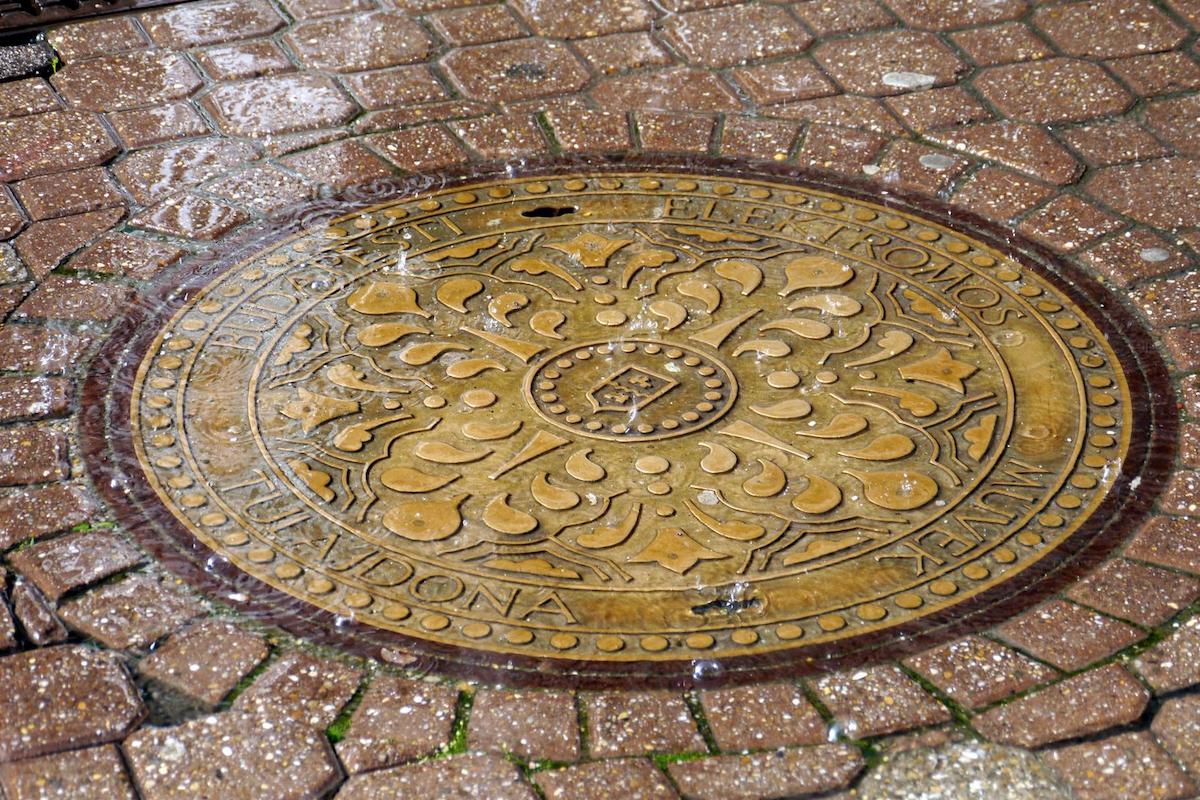
Without drainages, the effects of floods will have more negative environmental and health impacts. Usually, flood leaves devastating conditions like property damage and diseases. To invest in durable drainage infrastructure, we must look at the design. It’s these conceptualisation and planning phases that determine a great job.
Is Drainage Design Important?
One of the critical aspects of planning drainage construction is design. The pattern of constructing drainage and executing civil projects varies with many factors. While contractors implement designs, engineers and many skilled workers engage in other physical works. In complex situations like flood-prone areas, you’ll need a lot of technical skills to ensure the right quality of the construction.
General approach to drainage systems
There are a number of physical elements that will impact the design of the drain which should be considered.
In a conventional drainage infrastructure in Australia, the drainage system is usually a pipeline with adequate capacity to contain the nuisance flows. All these pipelines prevent stormwater damage to properties and limit the frequency and amount of surface water to a level acceptable to the community. They’re usually designed to cater for flows using a five year average recurrence interval (ARI). The pipelines don’t always follow the natural drainage route and therefore are often aligned along property boundaries and the roadway kerb and channels.
The significant drainage system caters for runoff from storms generating higher peak flows compared to the small drainage system was designed. A roadway, a drainage channel in a water body, a pipeline or any mixture of the above may act as a sewer line. The final surface level of this allotments adjacent to the overland flow route must be at least 300mm above the 100 year ARI flood level.
Special details like reverse fall character strips and gloomy footpaths might need to be supplied at road low points to allow transverse flow of flood waters at which adjacent to drainage reserves. Footpaths shouldn’t be miserable if the flow is traveling longitudinally across the roadway.
Some Types of Drainage Patterns
It’s the right of everyone in communities to demand functional networks of drainages. However, drainage infrastructure without quality construction materials is a waste of money. There are many types of drainage patterns, and they depend on different factors. Some factors like form and texture affect drainage patterns. In this segment, you’ll see the regular types of drainage patterns.
- Deranged Drainage PatternHydrological systems like drainages in regions that are prone to natural disasters need to be fortified. Before these activities occur, engineers need to design a deranged drainage pattern to prevent the flow of sediments from causing blockages.
- Dendritic Drainage PatternUrban and rural areas with trees need to implement deranged drainage patterns. Usually, roots from trees gravitate towards underground water. When permeable drainage pipes allow these roots to pass through, it might cause a leak. Also, weathering effects on subsurface installations might cause leakages. Consequently, civil engineers make designs of dendritic drainage patterns to check the potential damage.
- Trellised Drainage PatternRocky terrains with a blend of both bands of soft and hard mineral mass can affect the structure of drainages. Since these solid masses of minerals vary in resistance and aggregates, their terrain needs special drainage patterns. Normally, bands of soft rocks allow the flow of underground water. When streams of water create channels through these rocks, they form a trellis. The trellised drainage pattern often has a rectangular shape, and the design needs to be set with compact concrete structures.
What to Consider When Designing Drainages?
Without drainages, everyone could suffer from storm water damages and environmental pollution. Since drainages control and collect toxic chemicals in wastewater, their design has to be foolproof.
Open Or Closed?
Open drains allow people to see what flows through, and they have low risks of having a sewer or drain blockage. However, open drainages are fed with discharge underground pipes. This type of drainage design is dangerous during the flood from storm water or overflow from rivers.
Pros
- Less prone to blockages
- Easy to inspect and clear blocked drains
- They don’t smell bad as closed drainages
Cons
- Wide drainages are hazards risks during a flood
- Open drainage designs allow people to dump solid waste
- Hygiene issue that comes from breeding activities of mosquitoes
Closed drainage systems are ideal for transporting wastewater from homes and commercial buildings. It’s environmentally safe to contain the smell and microorganisms from excreta and feces. Civil engineers often design closed drainages in densely populated areas.
Pros
- Since unhygienic water contains pathogens, they might pollute our health and the environment. These types are ideal for transporting human wastes.
- The closed drainage design is ideal for upgrading urban infrastructure. Civil engineers can upgrade closed drains with more piped sewer infrastructure.
- Also, they are ideal for transporting large storm water discharges.
Cons
- Closed drainage systems are more expensive to design and execute. The costs of executing these style projects are higher because they consist of more materials like pipes or concrete slabs.




